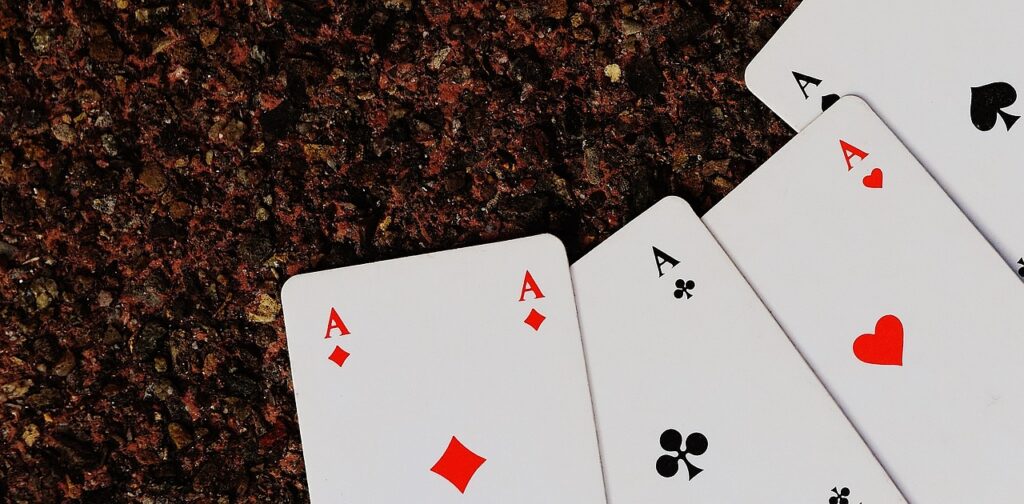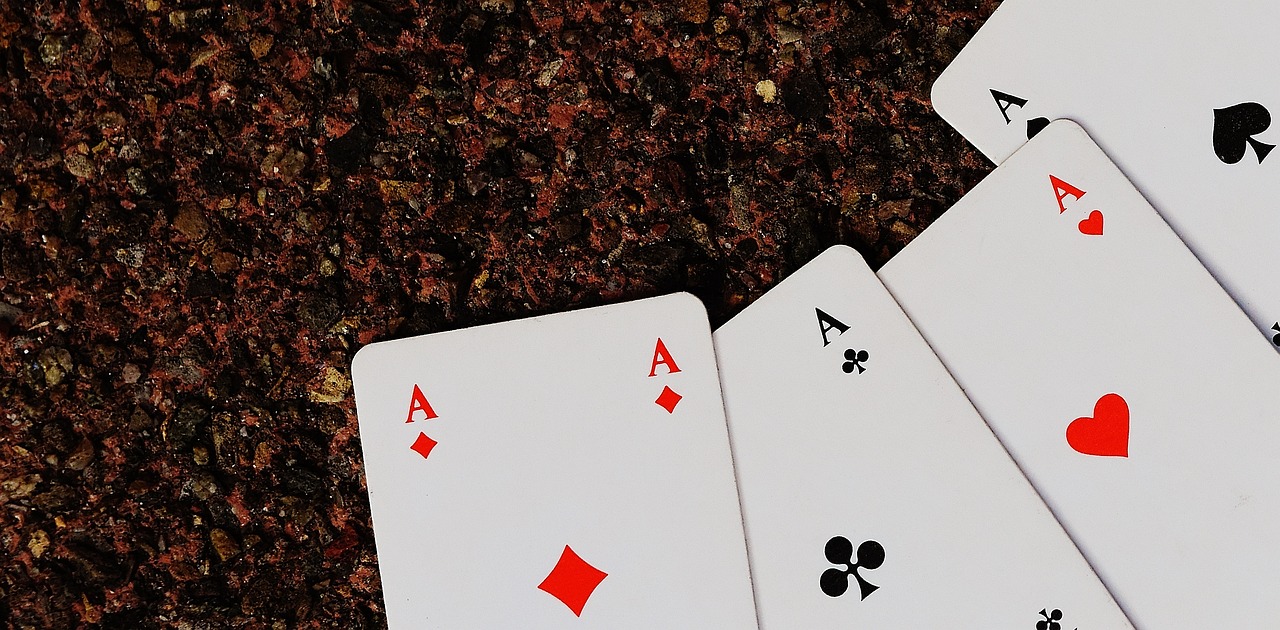TikTok is a bustling platform where people create and share short videos, but it’s not without its challenges. Despite alternatives, it remains hugely popular. Unfortunately, this popularity can attract negativity, spam, and unwanted interactions. To maintain a positive experience, it’s crucial to know how to block users on TikTok. This ensures your content and peace of mind are protected in this dynamic online environment.
Game Development: A Comprehensive Guide to Creating Engaging Gaming Experiences
Game development is a complex and dynamic process that blends creativity, technical expertise, and project management to bring interactive experiences to life. Whether it’s a simple mobile game or a vast, open-world RPG, the journey from concept to playable product requires a multidisciplinary approach. This article will explore the game development process in detail, covering every stage from initial idea generation to post-launch updates, while offering insights into the tools, technologies, and challenges faced by game developers today.

The game development process involves several stages, each playing a crucial role in the final outcome. These stages typically include:
- Concept and Pre-production: Defining the game’s core idea, target audience, and scope.
- Design: Creating the game mechanics, story, characters, and user interface.
- Development: Coding, creating assets, and building the game world.
- Testing: Identifying and fixing bugs, improving user experience.
- Launch: Releasing the game to the public.
- Post-launch: Updating, maintaining, and refining the game after release.
1.1 Concept and Pre-production
The first step in game development is coming up with a unique and compelling concept. A game’s concept should outline the core idea, gameplay mechanics, and themes. Pre-production involves fleshing out this idea into something more concrete, including:
- Game Design Document (GDD): A comprehensive guide outlining the game’s mechanics, story, characters, and art style.
- Market Research: Identifying the target audience and researching competitors.
- Prototyping: Developing early versions of gameplay elements to test feasibility.
- Budgeting and Team Formation: Allocating resources and assembling a team of developers, designers, artists, and more.
1.2 Design
The design phase is where the vision of the game takes shape. Game design focuses on multiple aspects, including:
- Game Mechanics: The rules, interactions, and systems that define how the game operates.
- Level Design: Crafting environments, challenges, and pacing to guide the player through the game.
- Story and Characters: Writing narratives and creating characters that immerse players in the game’s world.
- Art and Sound Design: Developing the visual and auditory components that create the game’s atmosphere.
At this stage, designers collaborate closely with developers and artists to ensure that the creative vision aligns with the technical capabilities of the team.
2. Game Development Tools and Technologies
The tools and technologies used in game development are critical to the success of a project. Some of the most popular tools include:
2.1 Game Engines
A game engine provides the framework for building a game, offering essential tools like rendering, physics, sound, and scripting. Popular game engines include:
- Unity: Known for its versatility, Unity is popular for developing mobile, VR, and indie games. It supports both 2D and 3D game development and has a vast marketplace of assets and plugins.
- Unreal Engine: Favored for high-end graphics, Unreal is widely used in AAA games and offers powerful tools for creating realistic environments.
- Godot: An open-source engine with an intuitive interface, ideal for beginners and smaller projects.
- CryEngine: Known for its stunning graphics and powerful rendering capabilities, often used in large-scale 3D projects.
2.2 Programming Languages
The programming languages used in game development depend on the platform and engine:
- C#: Widely used in Unity, it is beginner-friendly and offers robust support for game development.
- C++: Preferred in Unreal Engine and for performance-critical applications, C++ is powerful but has a steeper learning curve.
- Python: Often used for scripting in game engines and for AI development.
- JavaScript: Popular for browser-based games, particularly when using HTML5 frameworks like Phaser.
2.3 Asset Creation Tools
Game assets include everything from character models to sound effects. Common tools for creating game assets are:
- Blender: A free, open-source 3D modeling and animation software used to create characters, environments, and animations.
- Photoshop: Industry-standard software for creating 2D assets, textures, and UI elements.
- Audacity: A free tool for recording and editing audio, commonly used for sound effects and voiceovers.
2.4 Version Control Systems
Managing code and assets across a team can become complicated, which is where version control systems come in:
- Git: A widely-used version control system that helps teams track changes in code and assets, facilitating collaboration.
- Perforce: Often used in larger studios, Perforce offers more powerful tools for managing large-scale projects with many contributors.
3. Development and Coding
Once the design is in place, development begins. This is the phase where the game comes to life through programming and asset integration. The main tasks include:
- Core Mechanics Implementation: Writing code to define how players interact with the game, from movement to combat or puzzle-solving.
- AI Development: Creating enemy behavior, NPCs, and other dynamic game elements using artificial intelligence techniques.
- User Interface (UI) Development: Designing menus, HUDs, and other interface elements that allow players to navigate and interact with the game.
- Physics and Animation: Implementing realistic movement, collisions, and interactions using the physics engine.
Game development is an iterative process, requiring constant refinement as new features are added. Developers often build prototypes or small segments of the game to test functionality before completing the full build.
4. Testing and Quality Assurance
Testing is a crucial phase in game development to ensure that the game functions correctly and provides a satisfying user experience. There are several types of testing:
- Alpha Testing: Conducted early in development, focusing on core mechanics and functionality.
- Beta Testing: Performed closer to release, beta testing invites a larger group of players to try the game and provide feedback.
- Bug Testing: Identifying and fixing errors in the game’s code, such as glitches, crashes, or broken mechanics.
- User Experience Testing: Ensuring that the game is intuitive and enjoyable, from controls to difficulty balancing.
Quality assurance (QA) teams work tirelessly to find and resolve issues, ensuring that the game runs smoothly on all target platforms.
5. The Art of Game Design
Game design is the foundation upon which great games are built. It combines psychology, art, and technology to create experiences that resonate with players. Key principles include:
- Player Engagement: Designing mechanics and systems that keep players invested in the game.
- Flow and Difficulty: Balancing challenges to ensure that players feel a sense of progression and accomplishment.
- Game Balance: Ensuring that different strategies or characters provide equal opportunities for success.
- Feedback Loops: Rewarding players for their actions and providing clear consequences for failure.
Good game design is not just about making a game fun but also about making it intuitive, fair, and replayable.
6. The Business Side of Game Development
Developing a great game is only part of the equation. Developers also need to consider how to market, monetize, and distribute their games. Common business models include:
- Premium: Players pay upfront for the full game. This model is common for AAA games and some indie titles.
- Free-to-Play (F2P): Players can download and play the game for free but are offered in-game purchases or ads to generate revenue.
- Subscription: Players pay a recurring fee to access a library of games, as seen with platforms like Xbox Game Pass or Apple Arcade.
Marketing is essential for the success of a game. Developers often use social media, trailers, influencer partnerships, and events like game expos to generate interest before launch.
7. Post-launch Updates and Support
Launching a game is not the end of the development process. Modern games require ongoing support and updates to stay relevant and maintain player engagement. Post-launch activities include:
- Bug Fixes: Addressing issues that arise after release.
- Content Updates: Adding new levels, characters, or features to keep the game fresh.
- Community Engagement: Listening to player feedback and engaging with the game’s community through forums, social media, or live events.
Games as a Service (GaaS) is an increasingly popular model where developers continue to support and monetize a game long after its release with regular content updates and live services.
8. Challenges in Game Development
While game development is a rewarding field, it also presents several challenges, including:
- Scope Creep: The tendency for projects to grow beyond their original scope, leading to missed deadlines and increased costs.
- Technical Limitations: Balancing creativity with the technical constraints of platforms, particularly mobile devices with limited processing power.
- Time and Budget Constraints: Managing resources efficiently to meet deadlines without sacrificing quality.
- Player Expectations: Balancing innovation with familiarity to meet the expectations of a discerning player base.
Despite these challenges, advances in technology and an ever-growing player base make game development one of the most exciting fields in the entertainment industry.
Conclusion
Game development is an intricate process that combines creativity, technical skill, and project management to produce engaging and immersive experiences. From concept to launch and beyond, developers must carefully navigate design challenges, technical limitations, and market considerations to succeed. As gaming technology continues to evolve, the future of game development promises even more innovation, pushing the boundaries of what’s possible in interactive entertainment. Whether you’re an aspiring developer or an avid gamer, the journey of creating games offers a world of opportunities to explore, learn, and grow.


